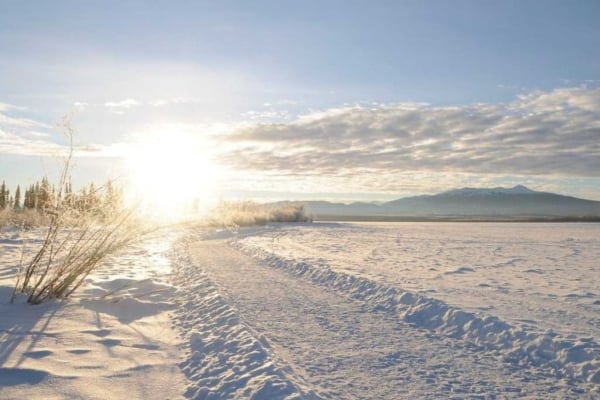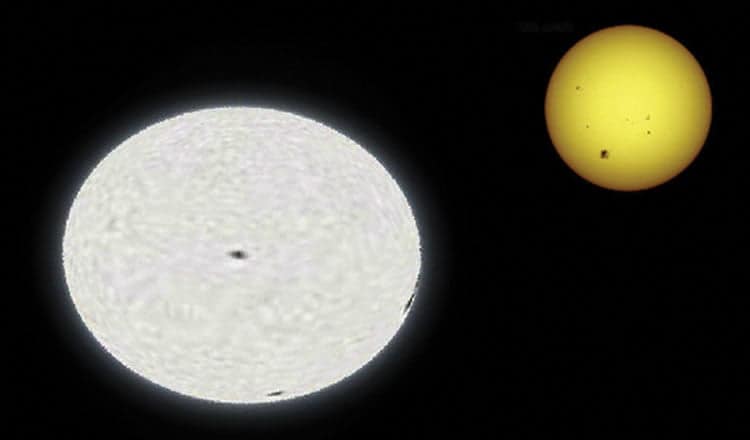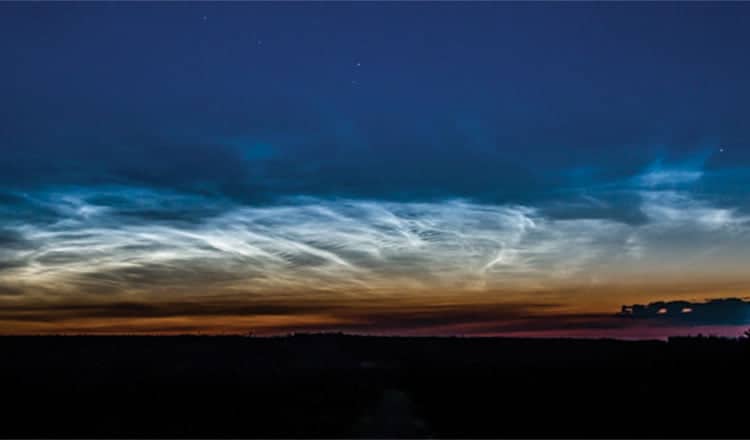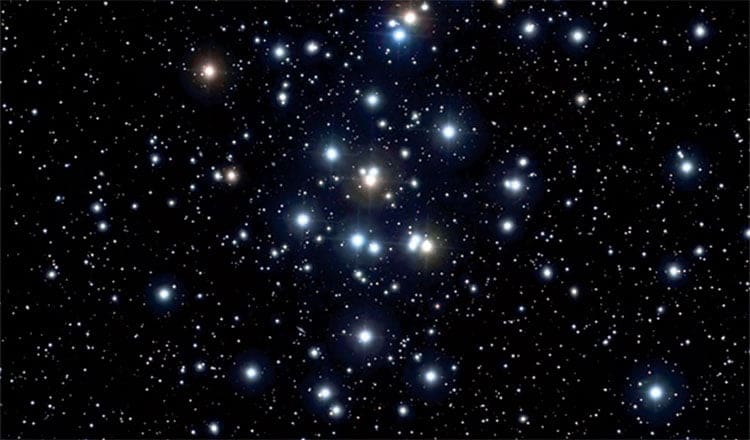Observers report:
Planning a solar eclipse party is a relatively simple affair.
The first priority is your observing site, as you have to make sure there is enough horizon to view the entire eclipse. This is especially true when the eclipse is taking place so late in the day and so close to the horizon.
A few years ago the club went down the Fish Lake Road to see a solar eclipse. The last couple of minutes of the eclipse were gone as the sun slipped below the horizon.
The second priority is safe solar viewing gear. There are many ways to observe our nearest star safely and on a budget.
There are Mylar sheet filters, which look like aluminum foil and fit over the front of your telescope, but make the sun a blue colour. Placing a yellow filter on your eyepiece will give the sun is a more natural yellow colour.
On the opposite side of the solar observing budget we have what are called hydrogen alpha filters and telescopes. These exotic filters and telescopes start in the $1,000-plus range for anything large enough to get a good view.
And what a view. Solar flares and prominences abound, and the sun becomes a deep red colour. You can also see incredible detail on the surface, not just sunspots.
So are these hydrogen alpha solar filters worth the money? Yes, they definitely are! The view is not something you forget—truly amazing indeed.
My favourite solar filter is the Thousand Oaks glass filter. The sun is soft white in colour and you can see sunspots with great detail and contrast. For an eight-inch telescope the cost is about $100.
My small refractor is about $50 and my giant binoculars are about $100. These filters are durable and mount nice and snug in the front of my telescopes and binoculars.
Using the S.S. Klondike on the afternoon of Sunday, May 20, as an observing site for the partial solar eclipse was perfect for everyone. Arriving at the park around 3:30 p.m., I begin to set up, only to find Victor already there and ready to go with his special solar refractor, and Bruce with his gear right behind me.
Yes, it was cloudy, but there were plenty of holes and large patches of blue sky. By 4:30 p.m. we had three high-power refractors, an eight-inch reflector and a pair of 20×80 binoculars all outfitted with safe solar filters, along with a half dozen pairs of solar viewing glasses.
The clouds were starting to pile up and the blue patches were slowly disappearing, leaving us a little nervous. Though the eclipse was supposed to start at 5:01 p.m., it actually started at 4:52 p.m. in Whitehorse.
It started with a small cookie bite from the very bottom of the sun. It was not totally black in colour, as you would think. It was more of a translucent grey. It made for an amazing sight.
The eight-inch reflector was not happy with all the clouds and could not achieve fine focus, so I abandoned her for my trusty Borg refractor. There were several sunspots easily seen, making it a little more interesting to watch as the shadow slowly absorbed the sunspots.
Using my favourite eyepiece, a 10mm Ethos, I got about 50-power magnification on the little refractor. This gave me an image of the sun a little larger than atoonie, and the shadow the size of a nickel.
With all the clouds swirling around it made for a most excellent view. Even the solar viewing glasses showed the “bite out of the cookie” perfectly.
It was plenty of fun with a couple of dozen people down to see the partial eclipse. Everyone was taking pictures through the eyepiece with their cell phones, and shipping their pictures to family and friends as it was happening.
There were some great shots taken and some people even took their basic compact digital still camera, placed the solar viewing glasses in front of the camera, and then zoomed in for some impressive results.
It goes to show you that technology and astronomy go hand in hand. As the technology gets better, astronomy gets cheaper, easier, and with much better results for the observer.
The eclipse was over by about 7:20 p.m. and by the time I got home there were a couple of sprinkles on my windshield. It would appear that we made it under the wire, barely.
Let’s hope that the weather is clear for the transit of Venus on June 5!
James “Deep Sky” Cackette can be reached at [email protected]. See his photo adventures on Facebook at Yukon Night Skies.




